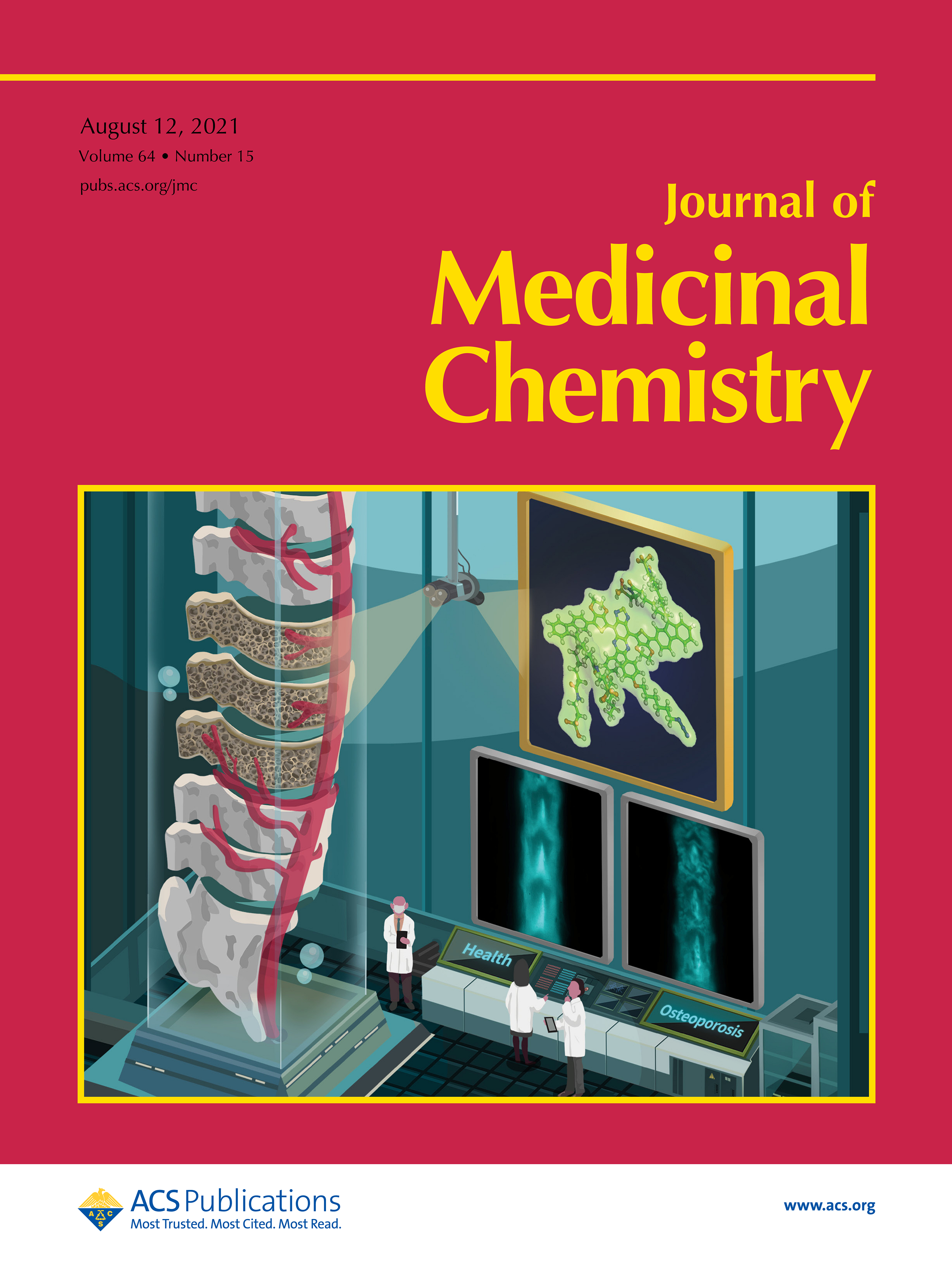Novel Bone Targeting Probe Discovered for Near-Infrared Window II Osteoporosis Imaging
Osteoporosis is a common disease characterized by a systemic impairment of bone mass and microarchitecture. It has become a medical and socioeconomic threat.
Precise detection and real-time monitoring of osteoporosis are necessary for clinical decision-making. The near-infrared window two (NIR-II) fluorescent imaging with high spatiotemporal resolution, high sensitivity, and easy accessibility has been widely used for medical diagnostics and therapeutic applications.
In a study published in Journal of Medicinal Chemistry, the research team led by CHENG Zhen and CHEN Hao from the Molecular Imaging Center of Shanghai Institute of Materia Medica (SIMM) of the Chinese Academy of Sciences developed a novel bone targeting probe (N3-FEP-4T) for the near-infrared window two (NIR-II) osteoporosis imaging.
The researchers developed two novel small-molecule NIR-II dyes, N3-FEP-4T capped with azide and FEP-4T without azide capping.
By comparing N3-FEP-4T and FEP-4T using NIR-II imaging, the azide group has been found to render a compound bone targeting capacity. N3-FEP-4T demonstrated superior calcium-binding and bone targeting properties, and was used for noninvasive and nonradiative visualizing bone tissues and for monitoring osteoporosis in vivo.
Excellent biocompatibility, high resolution, and favorable in vivo performance make N3-FEP-4T a promising candidate for preclinical applications in bone and bone-related disease imaging.
This study sheds light on how the azide group influence in vivo behavior of azide-containing compounds.

Imaged by Dr. CHEN Hao’s Team
Link: https://pubs.acs.org/doi/abs/10.1021/acs.jmedchem.1c00839
DOI: https://doi.org/10.1021/acs.jmedchem.1c00839
Contact:
DIAO Wentong
Shanghai Institute of Materia Medica, Chinese Academy of Sciences
E-mail: diaowentong@simm.ac.cn




